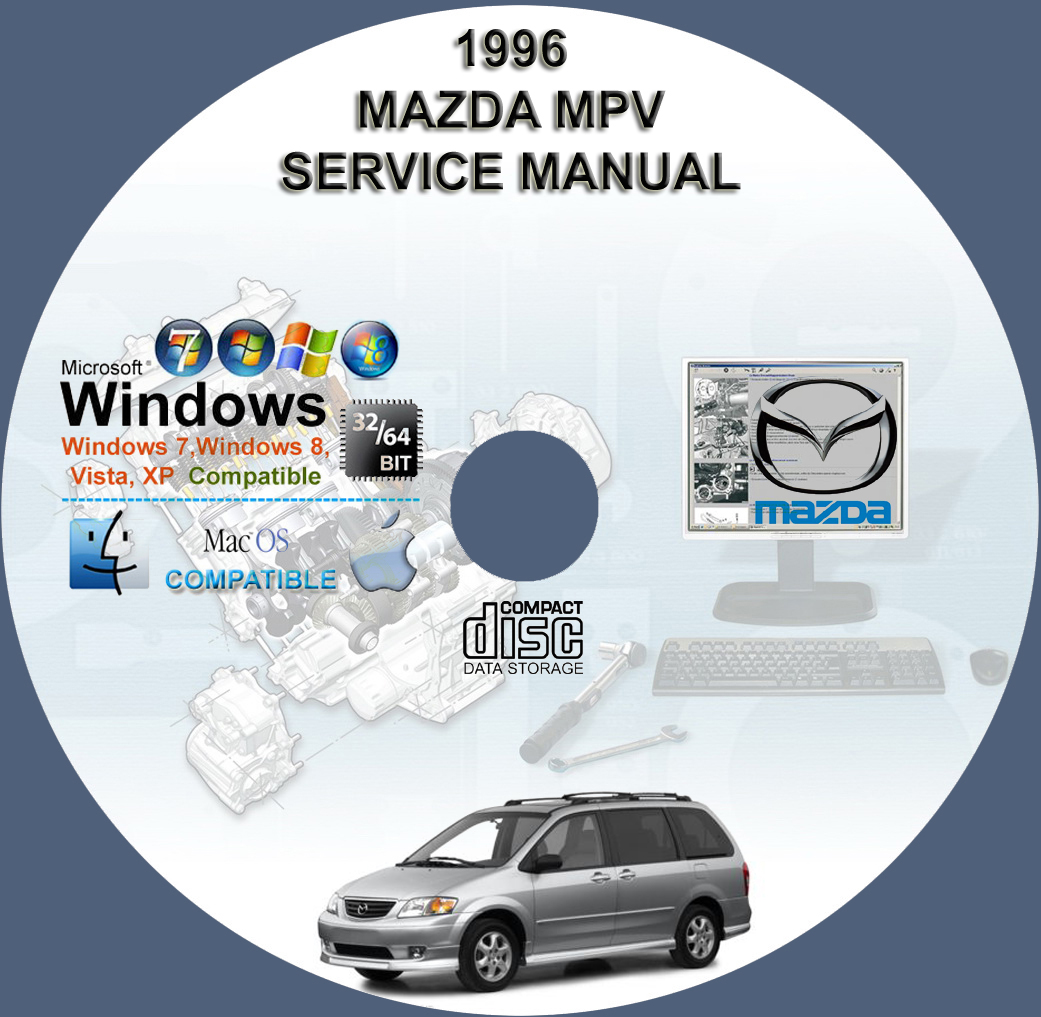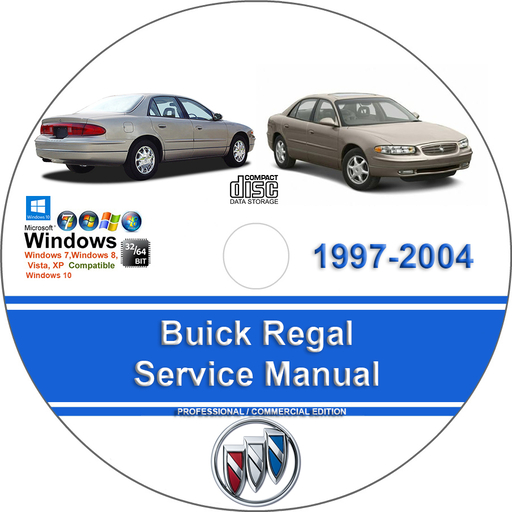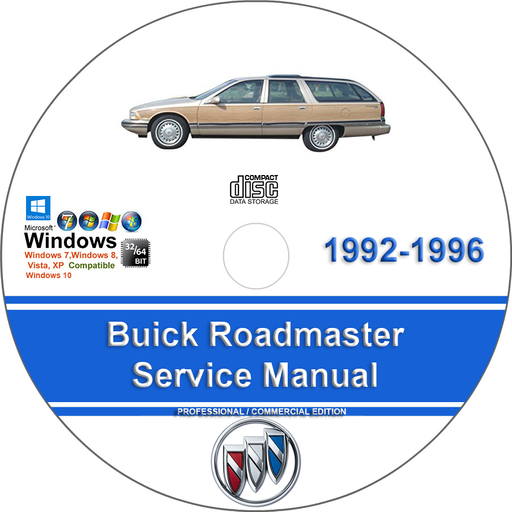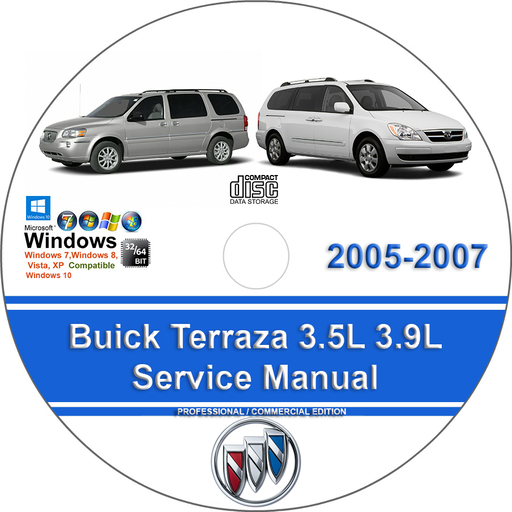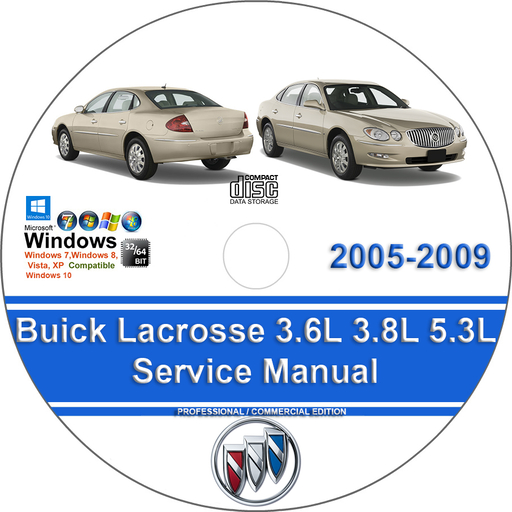MAZDA MPV 1996 FACTORY SERVICE REPAIR MANUAL
$39.00 – $48.00Price range: $39.00 through $48.00
MAZDA MPV 1996 FACTORY SERVICE REPAIR MANUAL
You can download this or I can ship it to you.
Loaded with Hi Resolution illustrations, instructions, photos, and diagrams, complete to service and repair your MAZDA.
983 Pages
MAZDA MPV 1996 FACTORY SERVICE REPAIR MANUAL
1996
Loaded with illustrations, instructions, photos, and diagrams, complete to service and repair your vehicle.
983 Pages
MANUALS COVER:
– GENERAL INFORMATION
– ENGINE
| – LUBRICATION SYSTEM |
– COOLING SYSTEM
– FUEL AND EMISSION CONTROL SYSTEM
– ENGINE ELECTRICAL SYSTEM
– AUTOMATIC TRANSMISSION
– PROPELLER SHAFT
– FRONT AND REAR AXLES
– STEERING SYSTEM
– BREAKING SYSTEM
– WHEELS AND TIRES
– SUSPENSION
– BODY
– BODY ELECTRICAL SYSTEM
– HEATER AND AIR CONDITIONER SYSTEM
This manual is the same as the manual used by workshops. Service Manual contains detailed instructions and step by step diagrams for all workshop procedures.
Language: English
Format: PDF
COMPATIBLE WITH ALL WINDOWS & MAC COMPUTERS
(WINDOWS 11, WINDOWS 10, WINDOWS 8 ETC.)
Windows/Mac
The 1996 Mazda MPV is part of the first generation of the model (1989–1998). Its boxy, rear-wheel-drive design and available four-wheel drive (4WD) earned it a reputation as a more rugged, SUV-like alternative to other minivans of the era
. For 1996, the styling was revised with a more rounded front end, and a new dashboard was introduced with standard dual airbags.
- Engine: All 1996 MPVs were powered by a 3.0L SOHC V6 engine that produced 155 horsepower and 169 lb-ft of torque.
- Transmission: A four-speed electronic automatic transmission was the only available transmission.
- Performance
: While the 155 horsepower V6 provided adequate acceleration for daily driving, it could feel underpowered when the vehicle was fully loaded. The added weight of the optional 4WD system also impacted performance.
- Drivetrain:
- Rear-wheel drive: A standard feature, giving it a more truck-like feel.
- Available 4WD
: This feature allows for locking the center differential via a dashboard switch for improved low-speed traction in poor weather conditions.
- Transmission issues: Problems with the automatic transmission can manifest as shifting delays, slipping, or a “bucking or kicking” feeling while driving.
- Ignition system failures: Failed ignition coils can cause misfires and trigger the “check engine” light. Issues with the ignition switch were significant enough to lead to a 2015 recall.
- Starting issues
: A variety of issues can prevent the engine from starting, including a weak battery, a failing alternator, a faulty starter, or a bad ignition switch.
- Electrical system issues: Malfunctions in the electrical system can affect various components. A recall was issued for the ignition switch, as it could overheat and cause a fire.
- Engine vibrations: Some owners have reported vibrations while driving on smooth roads, which could be caused by worn engine or transmission mounts
.
- Ticking noise: A ticking noise, often from the valve lash adjusters, can be caused by infrequent oil changes.
- Ignition switch (NHTSA Campaign Number: 15V674000): A problem with the electrical contact points within the ignition switch could cause it to overheat and potentially lead to a fire. Mazda replaced the ignition switches free of charge.
- Service history: A complete and consistent service history is essential to ensure the vehicle has been maintained.
- Electrical checks: Verify that all electrical components, including the ignition system, are functioning correctly.
- Recall verification
: Ensure that the ignition switch recall has been completed.
- Rust inspection: Thoroughly check for rust, particularly on the underbody and suspension components.
- Drivetrain test: Pay close attention to the transmission during a test drive. Shift delays, harsh shifts, or slippage are all red flags
| Medium | USB Flash Drive, DVD, Download |
|---|

